Six Tips for Evaluating Your Nonprofit Training Session
Beth's Blog: How Nonprofits Can Use Social Media
FEBRUARY 18, 2014
Using the ADDIE for designing your workshop, you arrive at the “E” or evaluation. ” While a participant survey is an important piece of your evaluation, it is critical to incorporate a holistic reflection of your workshop. There are two different methods to evaluate your training. Formative Evaluation.





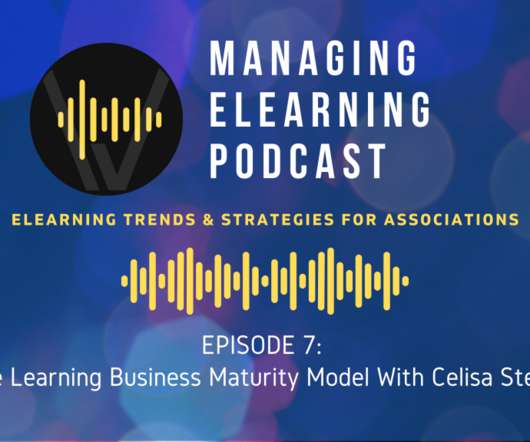

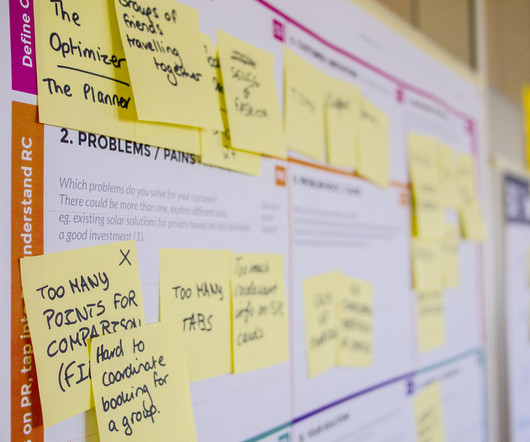









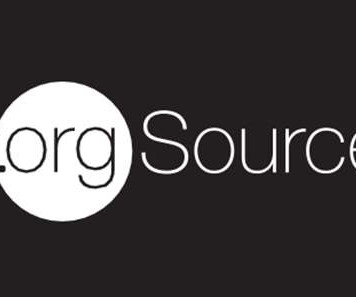






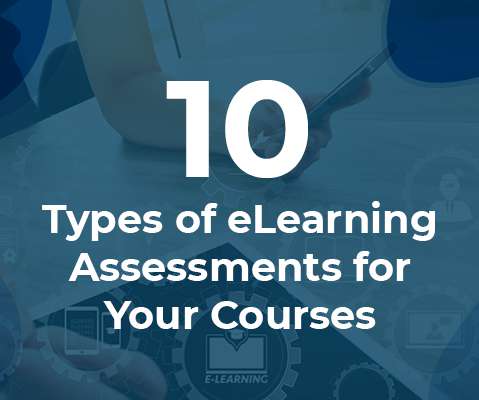





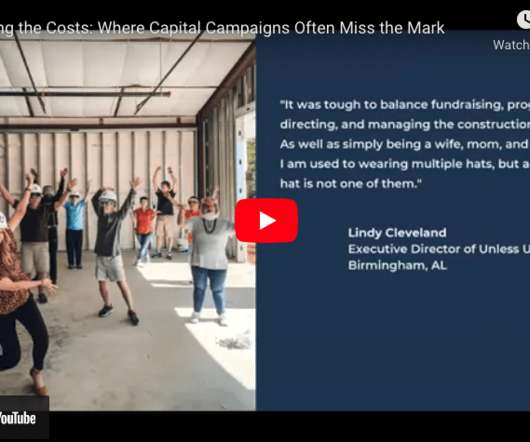














Let's personalize your content